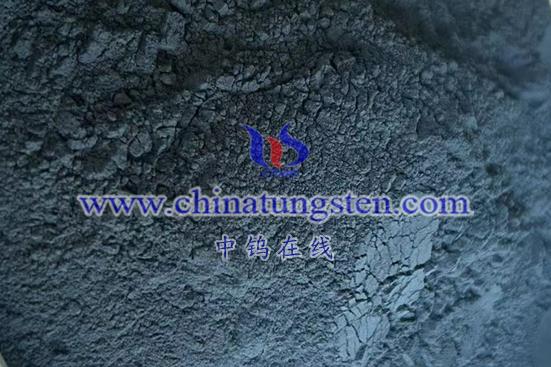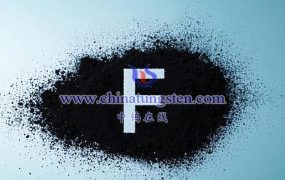
Cesium tungsten bronze (CsxWO3) nanoparticles, particularly Cs0.33WO3, are a class of materials with unique properties that make them ideal for photothermal therapy. Below is a detailed explanation of this material and its application in the field of medicine:
- Material Characteristics
- Chemical Composition:
Cesium tungsten bronze is composed of cesium (Cs), tungsten (W), and oxygen (O), featuring a non-stoichiometric composition and a unique oxygen octahedral structure. This structure provides it with exceptional properties such as low resistivity, low-temperature superconductivity, and excellent optical performance. - Optical Properties:
Cesium tungsten bronze nanoparticles exhibit strong absorption in the near-infrared (NIR) region (wavelengths 800–1200 nm) while maintaining high transparency in the visible light range (wavelengths 380–780 nm). These optical properties make the material ideal for photothermal therapy. - Thermal Conversion Efficiency:
These nanoparticles have an extremely high photothermal conversion efficiency, enabling them to quickly convert light energy into thermal energy when exposed to external light sources (such as NIR light). This thermal energy is crucial in killing cancer cells during photothermal therapy. - Biocompatibility:
Cesium tungsten bronze nanoparticles typically exhibit low biological toxicity, making them safe for use in biomedical applications, particularly for direct injection into the human body during photothermal treatments.
- Principles of Photothermal Therapy
Photothermal therapy leverages materials with high photothermal conversion efficiency. The process involves:
- Injection and Targeting:
Cesium tungsten bronze nanoparticles are injected into the body and guided using targeting techniques to accumulate near tumor tissues. - NIR Light Activation:
Upon exposure to an external NIR light source, the nanoparticles absorb light energy and convert it into localized heat. - Thermal Effect on Cancer Cells:
The generated heat creates a high-temperature microenvironment, effectively destroying cancer cells without significantly affecting surrounding healthy tissues.
This approach is highly targeted, with minimal side effects, making it a promising tool for cancer treatment.
- Applications Beyond Photothermal Therapy
In addition to its use in photothermal therapy, cesium tungsten bronze nanoparticles have broad applications in other fields:
- Construction:
Used in transparent heat-insulating coatings and films to improve building energy efficiency. - Automotive:
Incorporated into heat-insulating films for cars to reduce interior temperatures and enhance comfort. - Textiles:
Utilized in the production of thermal fibers and fabrics to improve insulation. - Military:
Applied in stealth materials to reduce the probability of radar detection. - Industrial Manufacturing:
Used in laser marking and welding for precise and efficient processing.
- Conclusion
Cesium tungsten bronze materials for photothermal therapy are characterized by their excellent optical properties, high photothermal conversion efficiency, and biocompatibility. These properties make them a powerful tool in the fight against cancer, offering a highly targeted and minimally invasive treatment option. With ongoing advancements in research and technology, the applications of cesium tungsten bronze nanoparticles are expected to expand further, unlocking new potential in both medical and industrial domains.
More details of tungsten oxide product, please visit website: tungsten-oxide.com
Please contact CHINATUNGSTEN for inquiry and order of tungsten oxide:
Email: sales@chinatungsten.com
Tel.: 86 592 5129595






